Haunting images show how volcano turned this Guatemalan town into a cemetery
Guatemalan authorities reacted slowly to signs of the Fuego volcano`s impending eruption on June 3, contributing to one of the most tragic natural disasters in recent Guatemalan history. At least 110 people have died and close to 200 are thought buried under the rubble in the hamlet on the fertile lower slopes of the volcano. Fuego - Spanish for "fire" - rises between the regions of Sacatepequez, Escuintla and Chimaltenango about 30 miles (50 km) from Guatemala City, the nation`s capital. (Images and text: Reuters)
)
The volcano rumbled to life early on Sunday, June 3. By midday, it was spewing ash in smoking columns miles high that then fell, dusting a wide swath of the Central American country.
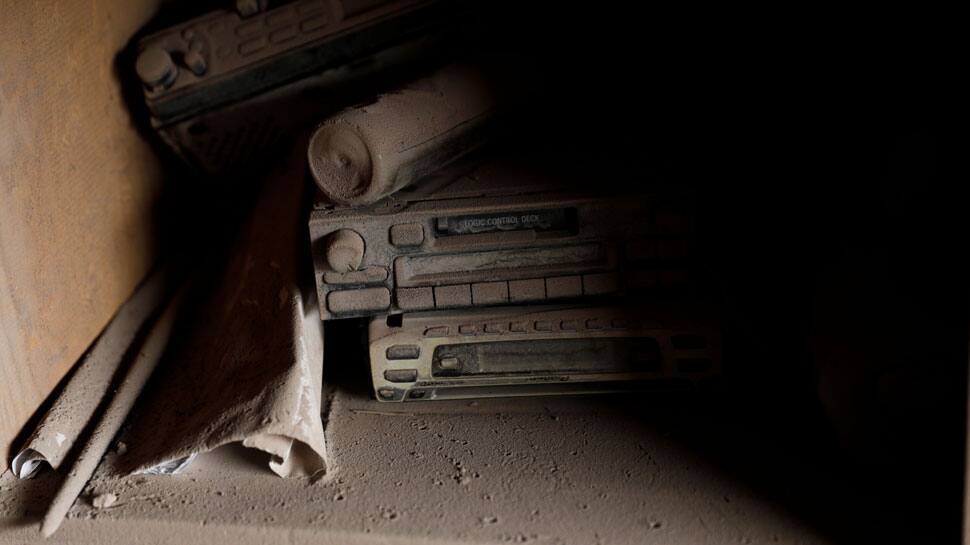
But with the mountain`s rumbles and the first ash showers, many villagers made a fatal bet to stay put, gambling that luck that had protected them for decades would hold once again.
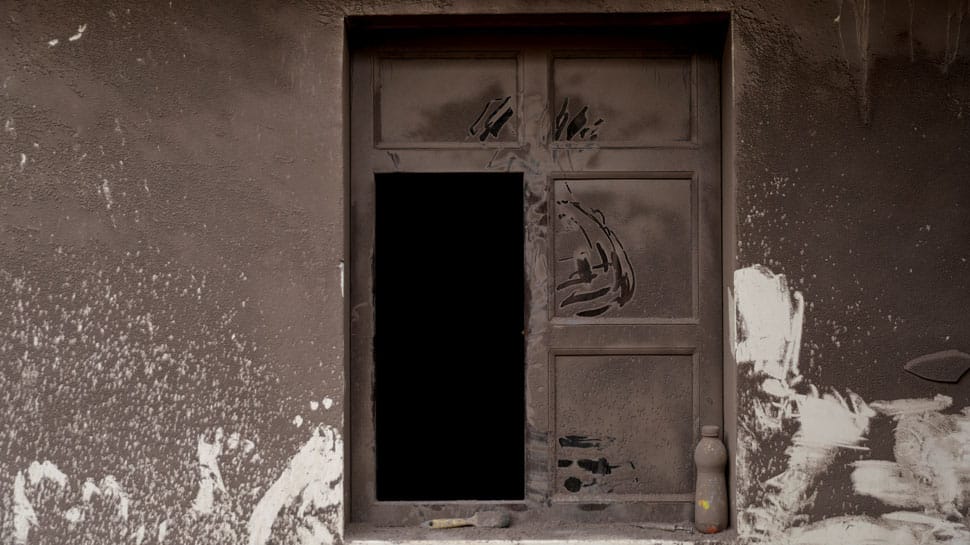
By the time most families in the worst-hit hamlets of El Rodeo and San Miguel de Los Lotes knew what was happening, they only had time to run, if that.
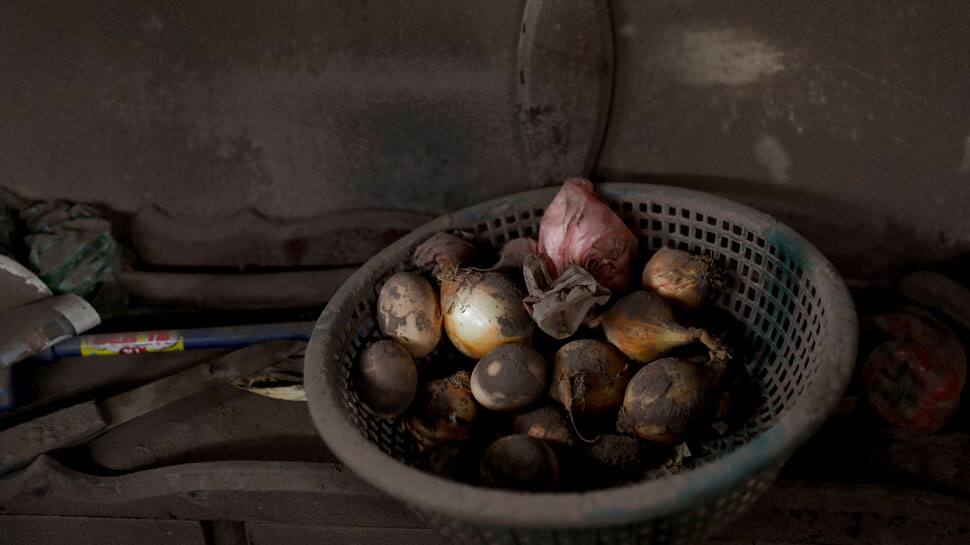
There was no time to eat. Sunday family lunches were interrupted, the food left on the table.
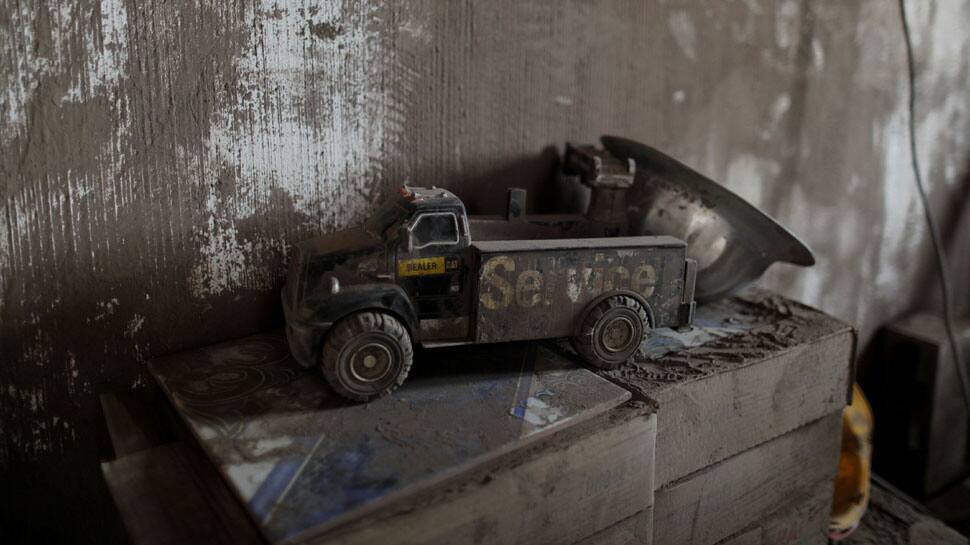
Children abandoned toys...
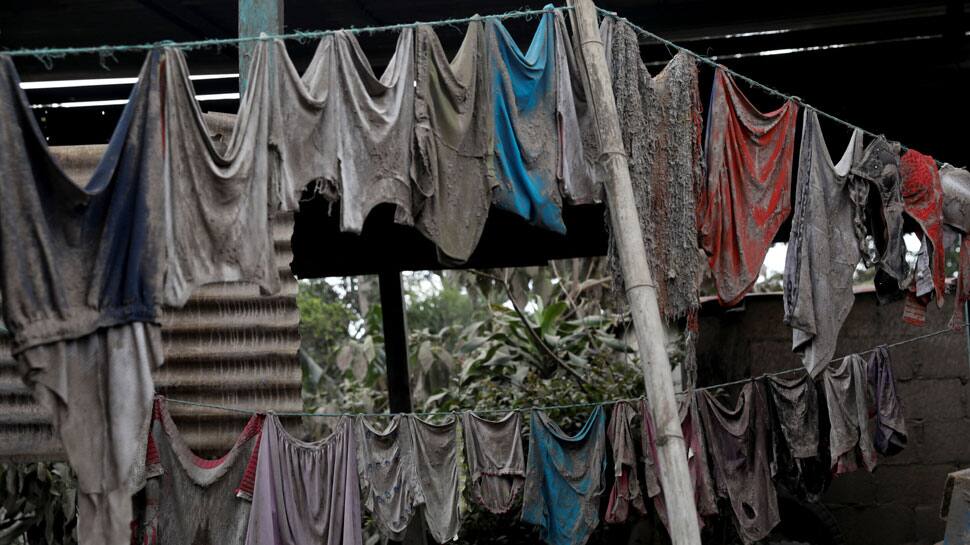
...and clothes still hung on lines in backyards.
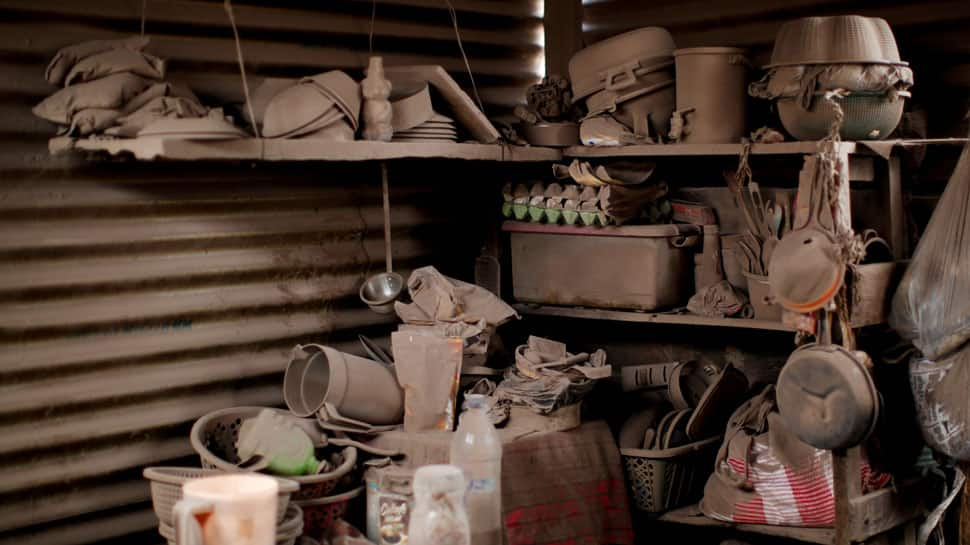
In one home, the pages of a Bible are singed. Outside, cattle lay dead. A bass drum lay abandoned. In kitchens, there was food in pots ready to be served.
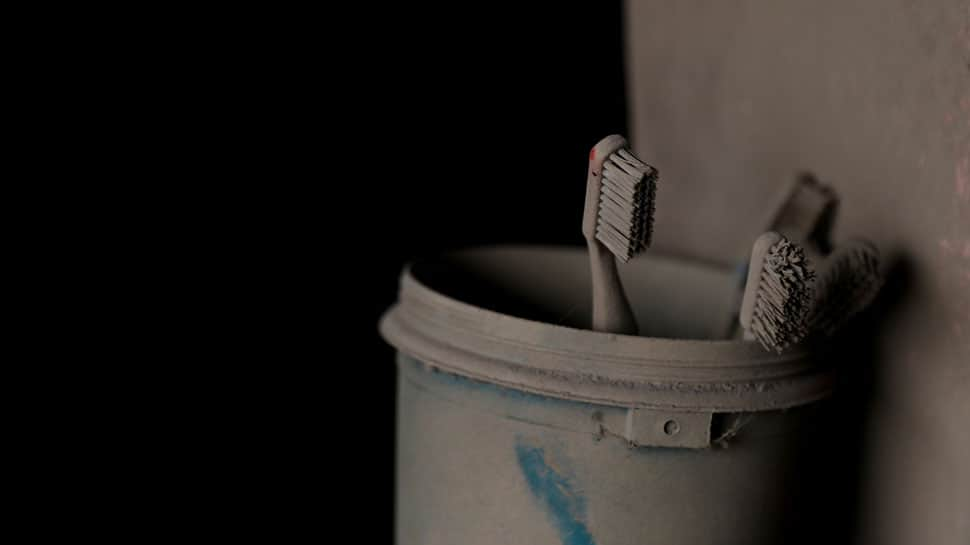
Where once there was life, there is heat, dust and a lingering smell of sulfur.

Now, everything in the previously lush, bright green landscape is coated in thick layers of sepia-colored volcanic ash, giving the place the eerie feeling of a ghost ship.
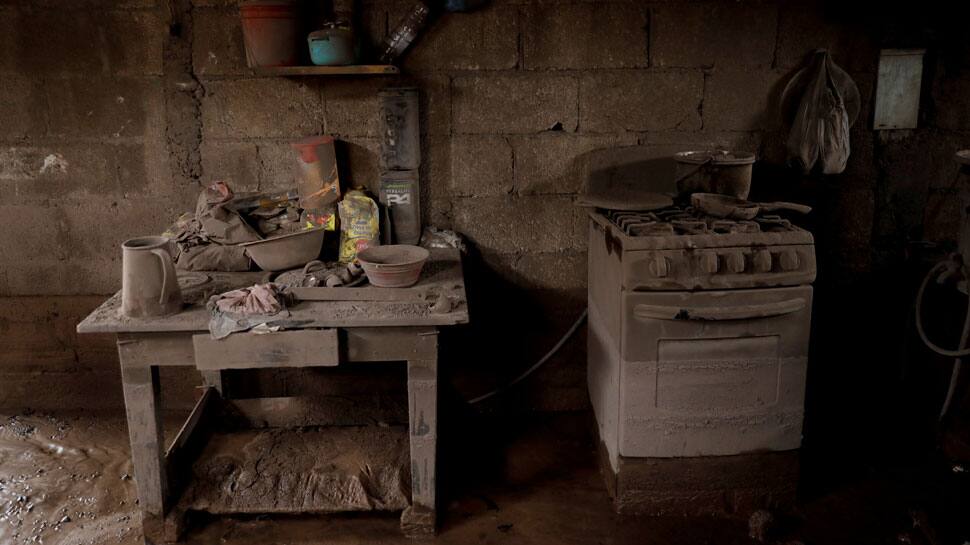
Many lost 10 to 50 relatives each, descendents of intertwining generations of a small families who settled in Los Lotes more than 40 years ago. They refuse to give up hope of finding relatives - or at least their remains.
(All images and text: Reuters)
